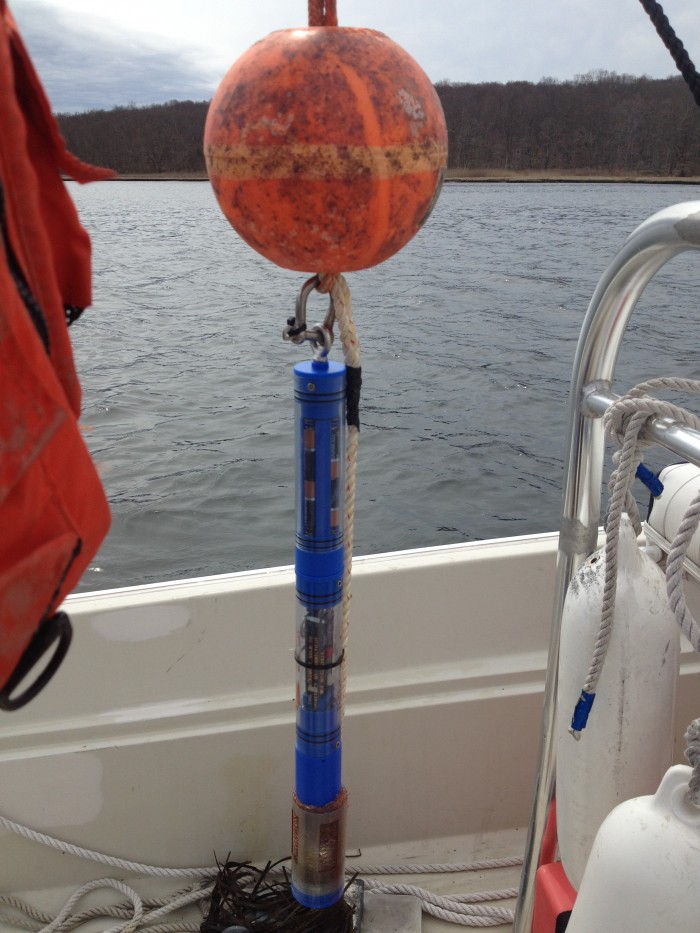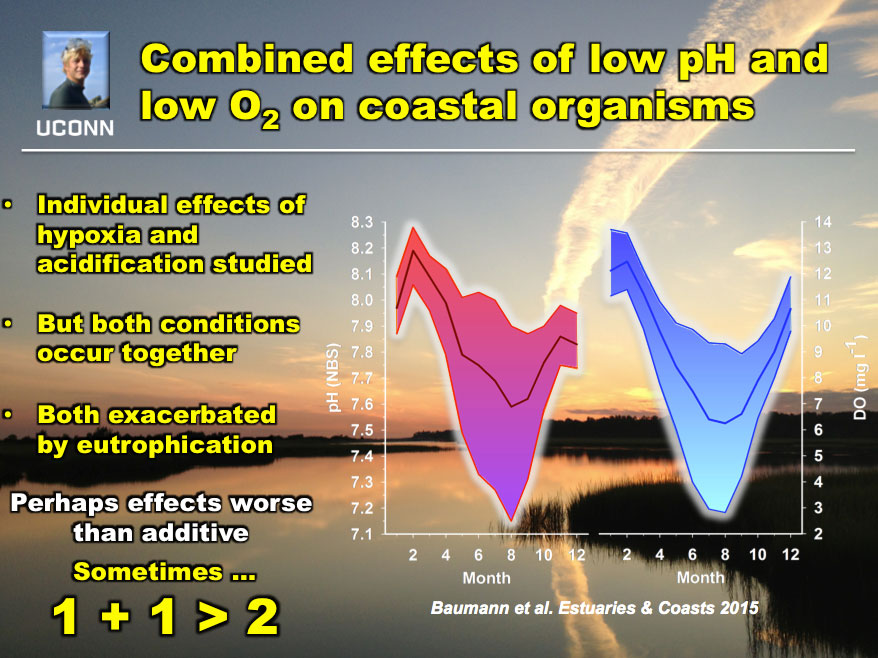
Juvenile Pacific bluefin tuna (PBT, Thunnus orientalis) are known to migrate from western Pacific spawning grounds to their eastern Pacific nursery grounds in the California Current Large Marine Ecosystem, but the timing, durations, and fraction of the population that makes these migrations need to be better understood for improved management. This new study published in the ICES Journal of Marine Science suggests that analyzing the trace elemental composition of bluefin tuna otoliths may divulge the time of arrival of the juvenile fish on the Californian Shelf. Scientists from the University of Connecticut, Stony Brook University, Texas A&M, as well as from NOAA collaborated in this effort, hoping to further develop this method to better inform managers in the future.
Baumann, H., Wells, R.J.D., Rooker, J.R., Baumann, Z.A., Madigan, D.J., Dewar, H., Snodgrass, O.E., and Fisher, N.S. (2015) Combining otolith microstructure and trace elemental analyses to infer the arrival of Pacific bluefin tuna juveniles in the California Current Ecosystem. ICES Journal of Marine Science 72:2128-2138.




